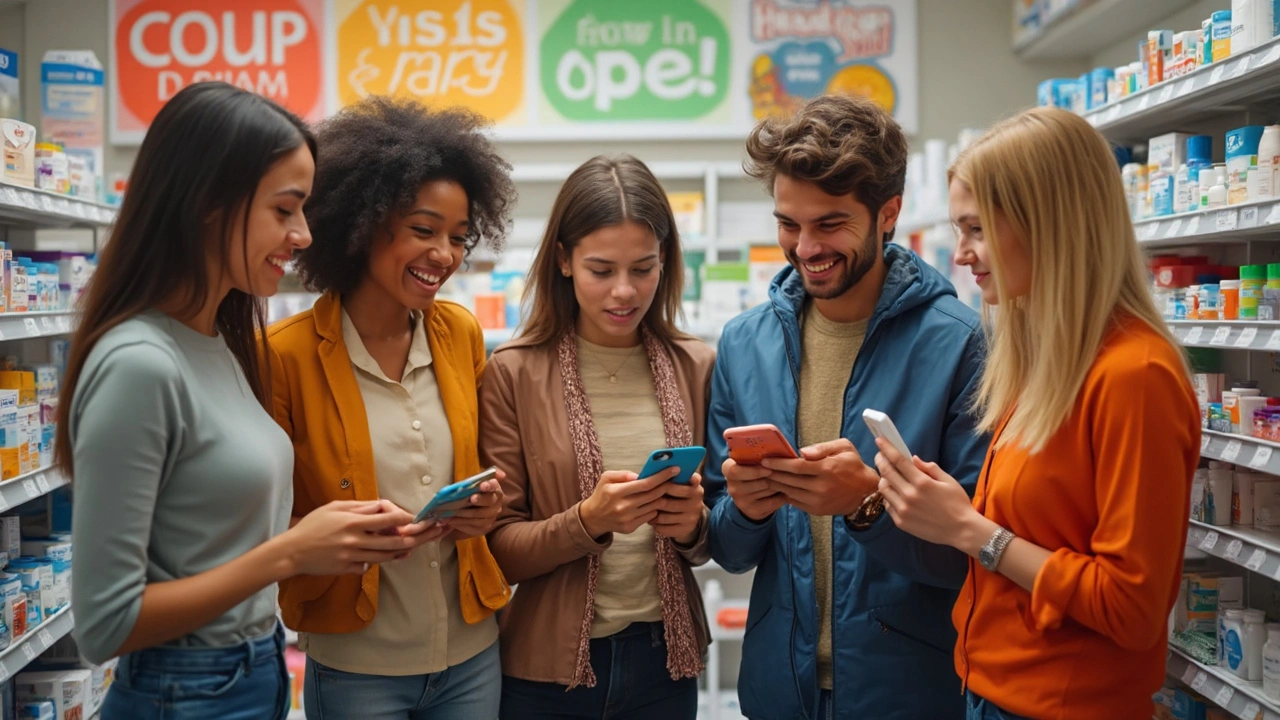Explore the wild history and promising future of Rx savings platforms, from GoodRx's explosive growth to the rise of alternatives. See who the major players are, what you should watch out for, and how everyday people are scoring wins on prescription costs. Discover practical tips and surprising facts that can put more power—and savings—in your hands.
Pharmacy Apps: Your Guide to Safe, Handy Med Management
If you’ve ever waited in line at a pharmacy or struggled to remember a dosage, you’ve probably thought, “There’s got to be an easier way.” That’s exactly why pharmacy apps exist – they put prescriptions, refills, and medication info right in your pocket. In this guide we’ll walk through why these apps are useful, what to watch out for, and a quick list of features that separate the trustworthy apps from the sketchy ones.
Why Use a Pharmacy App?
First off, convenience is king. With a few taps you can check if a drug is in stock, request a refill, and even set reminders so you never miss a dose. Many apps also let you upload your prescription image, eliminating the need to fax or call a pharmacy. That saves time and cuts down on phone‑tag with busy staff.
Second, safety features matter. Reputable apps flag potential drug interactions, show side‑effects in plain language, and let you see a clear dosing schedule. Some even connect directly with your doctor’s office, so any changes to your regimen are automatically updated.
Third, cost savings are a real perk. A lot of pharmacy apps partner with discount programs or show price‑comparison tools so you can spot cheaper generic options. If you’re looking to stretch your prescription budget, this can be a game‑changer.
How to Choose a Trustworthy Pharmacy App
Not every app on the store is legit. Here’s a quick checklist to keep you safe:
- Licensing and accreditation: Look for apps that are certified by a national pharmacy board or have a clear partnership with licensed pharmacies.
- User reviews: Real‑world feedback tells you if the app delivers on time, respects privacy, and offers good customer support.
- Secure data handling: The app should use encryption (HTTPS), have a privacy policy, and not sell your health data.
- Clear pricing: Transparent cost breakdowns for meds, shipping, and any service fees prevent surprise charges.
- Doctor integration: Apps that let you share prescriptions with your physician or receive electronic refill approvals reduce errors.
If an app checks most of these boxes, you’re probably on solid ground. For example, apps like SafeMeds4All (reviewed on our site) score high on security and offer a step‑by‑step ordering checklist that helps you avoid scams.
When you first sign up, start with a non‑critical medication to test the workflow. Verify the pharmacy’s address, read the shipping timeline, and confirm that the medication matches the label you expect. Once you’re comfortable, you can expand to more regular prescriptions.
Finally, keep an eye on alerts. Some apps push notifications for drug recalls, dosage updates, or new insurance coverage options. Those alerts can be lifesaving, especially for high‑risk meds like steroids or anticonvulsants.
Bottom line: a good pharmacy app saves time, helps you stay on track with doses, and can lower costs—provided you pick one that’s licensed, secure, and transparent. Use the checklist above, start small, and you’ll soon wonder how you ever managed prescriptions without it.

